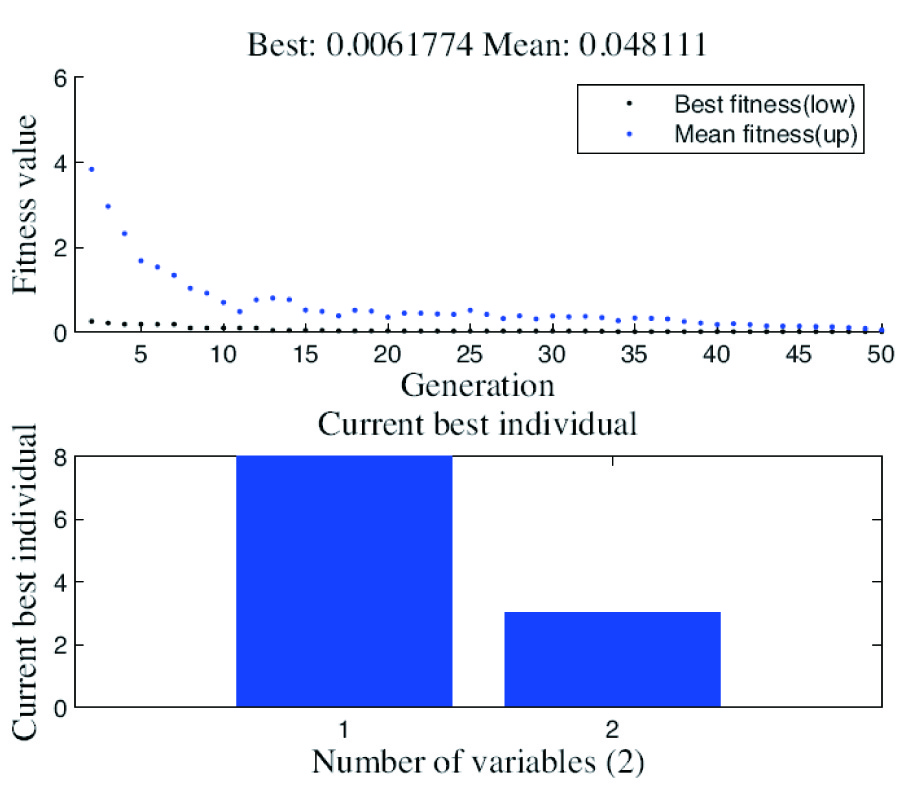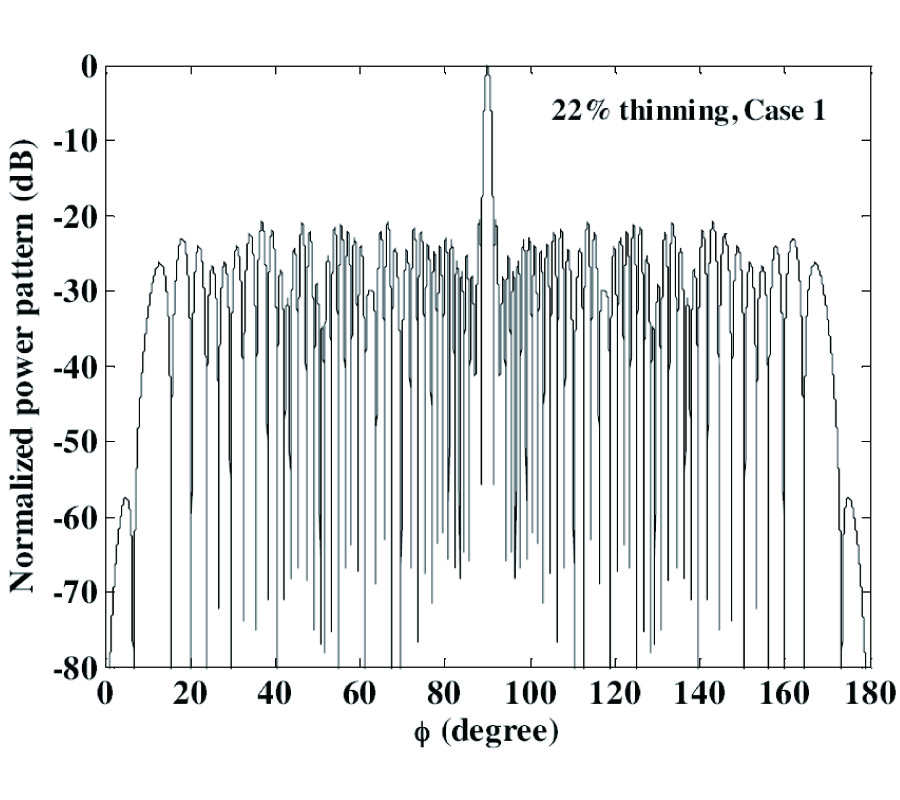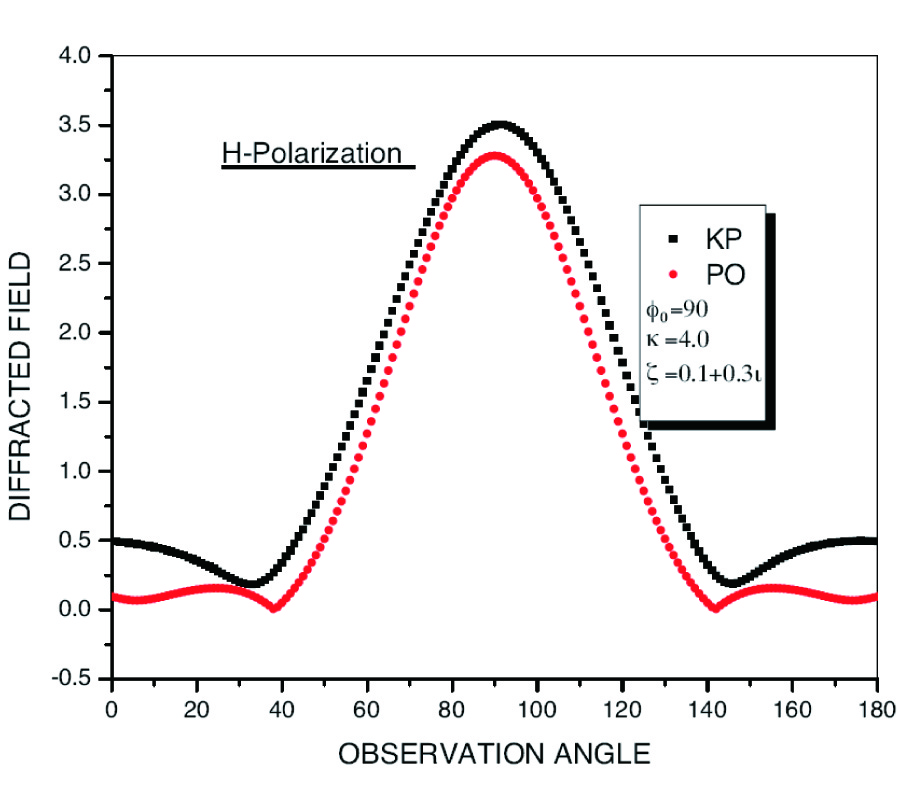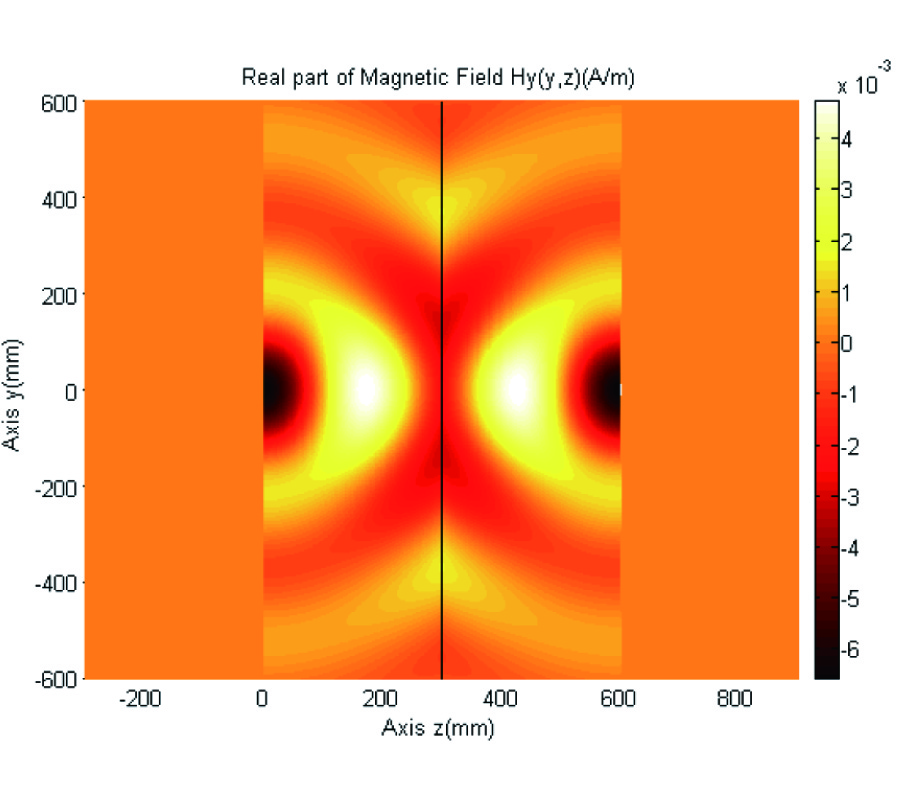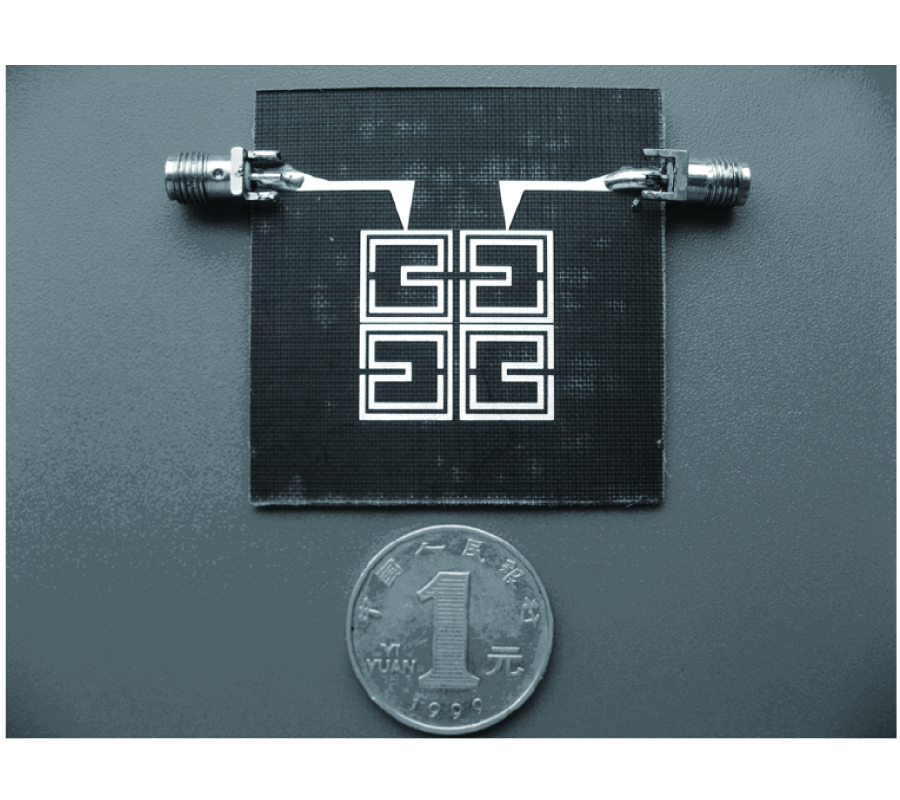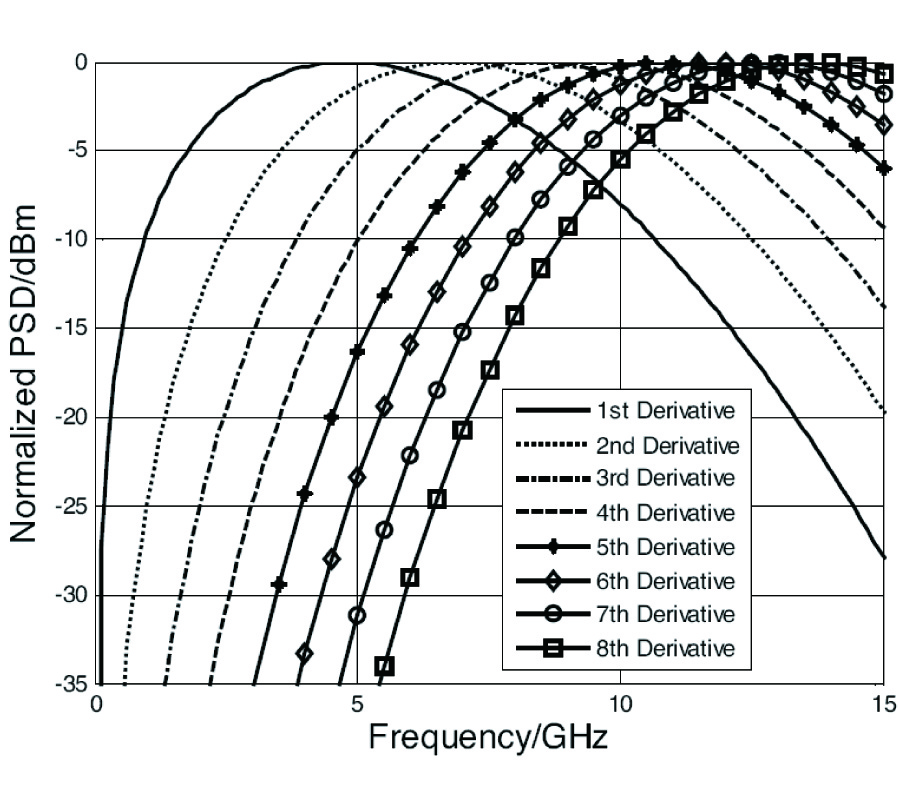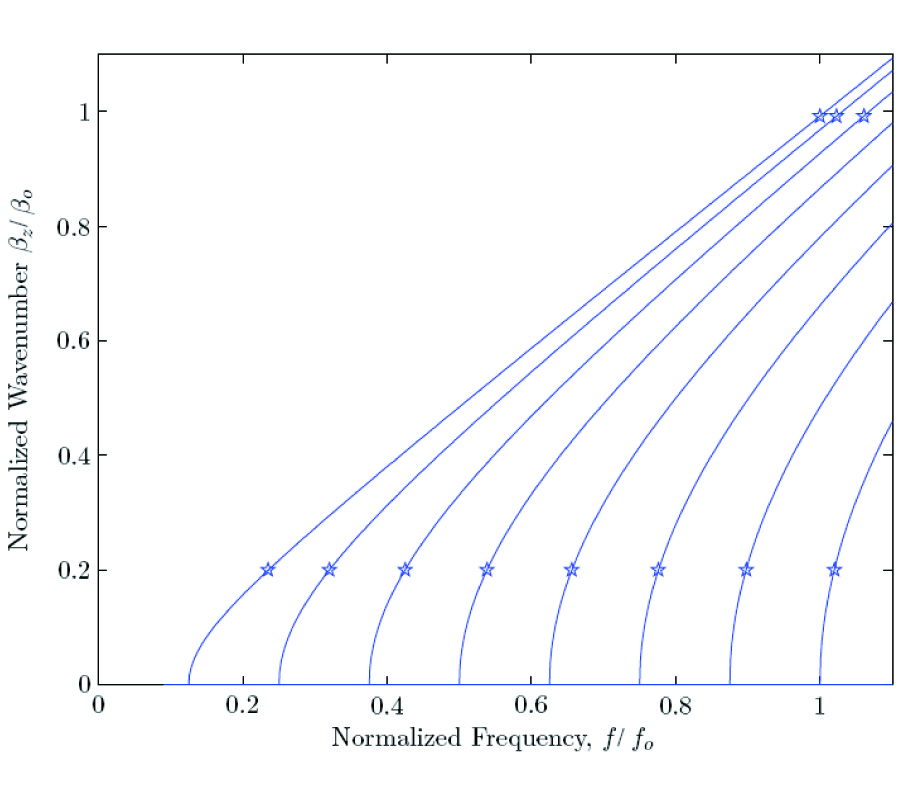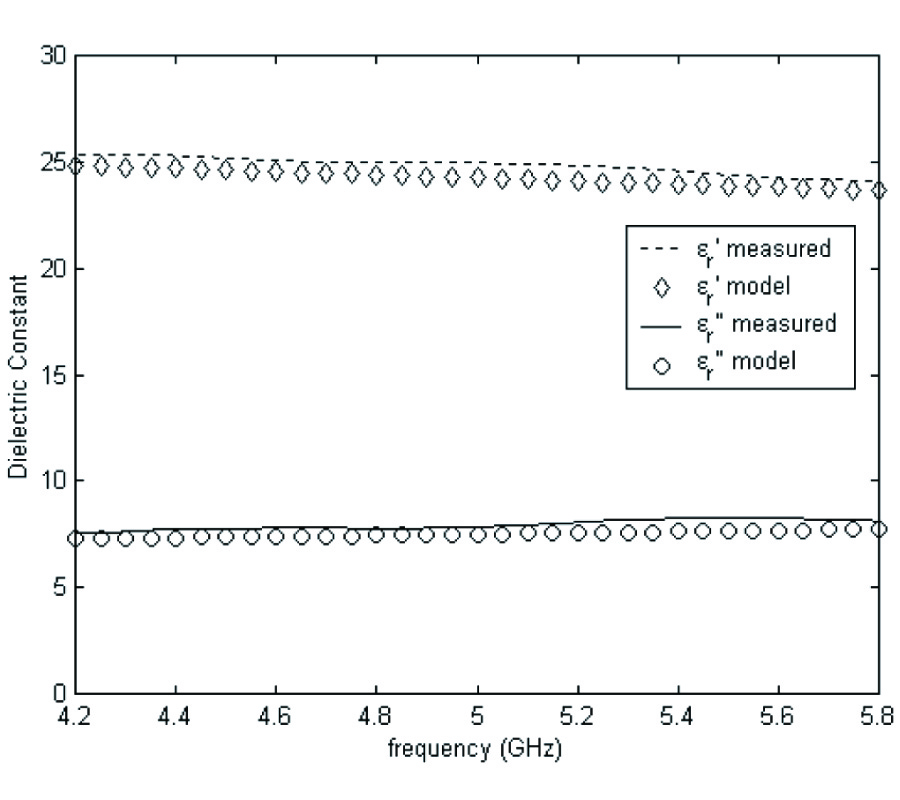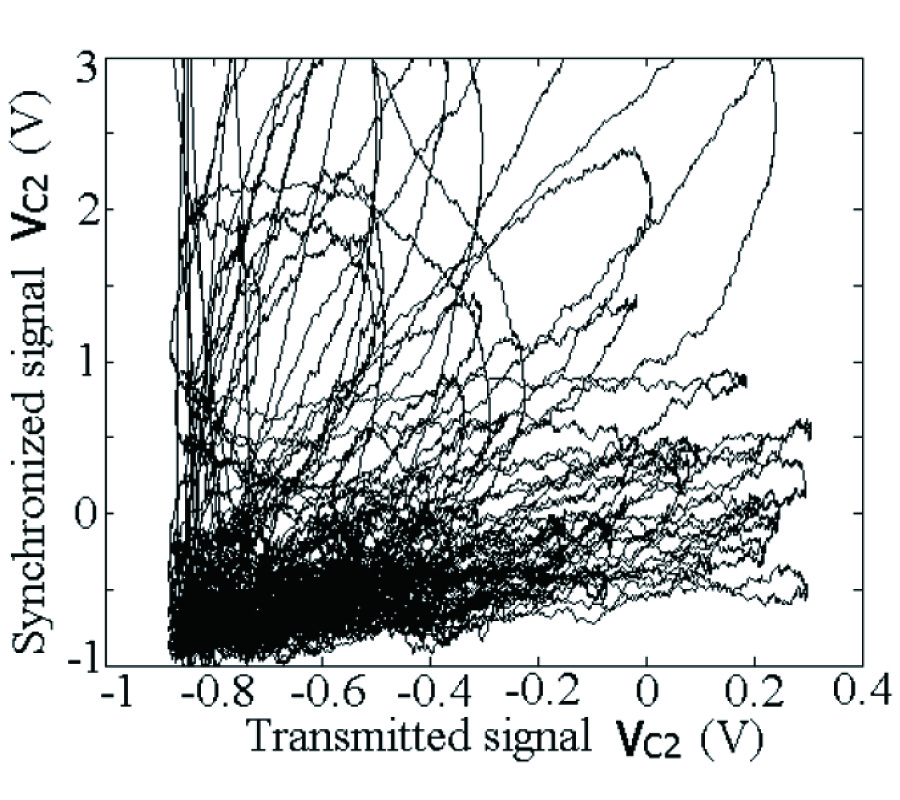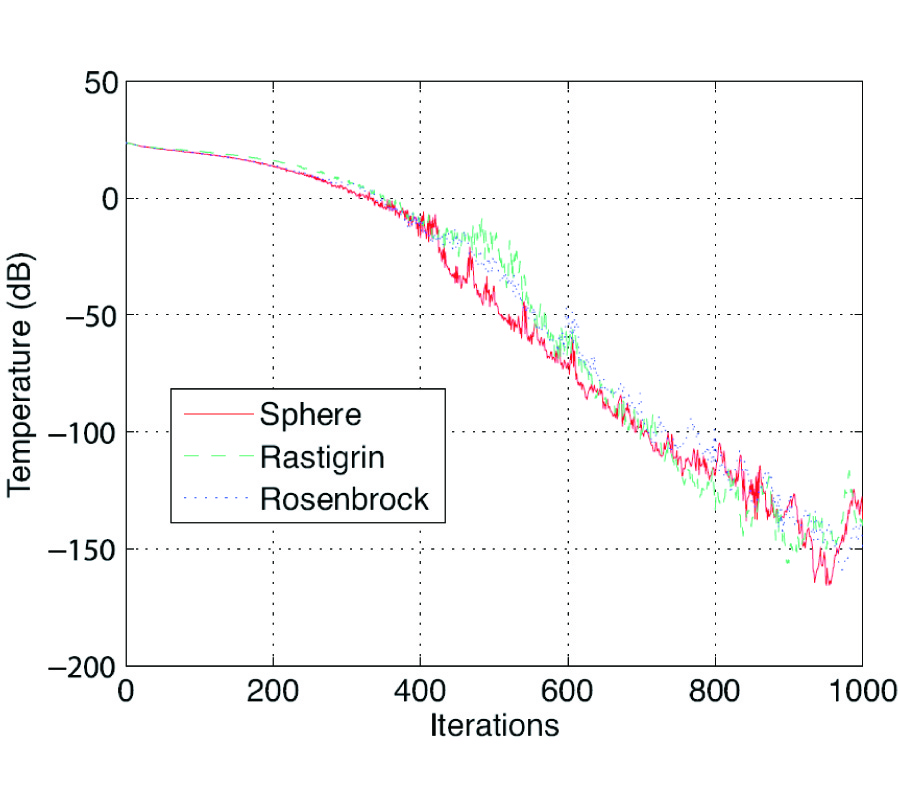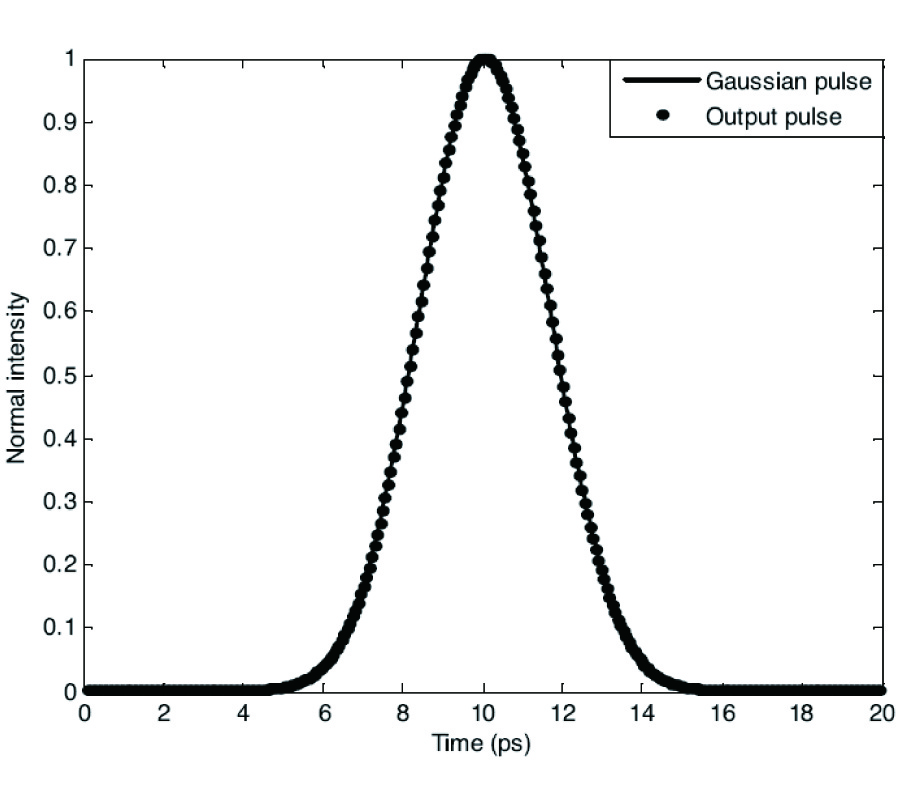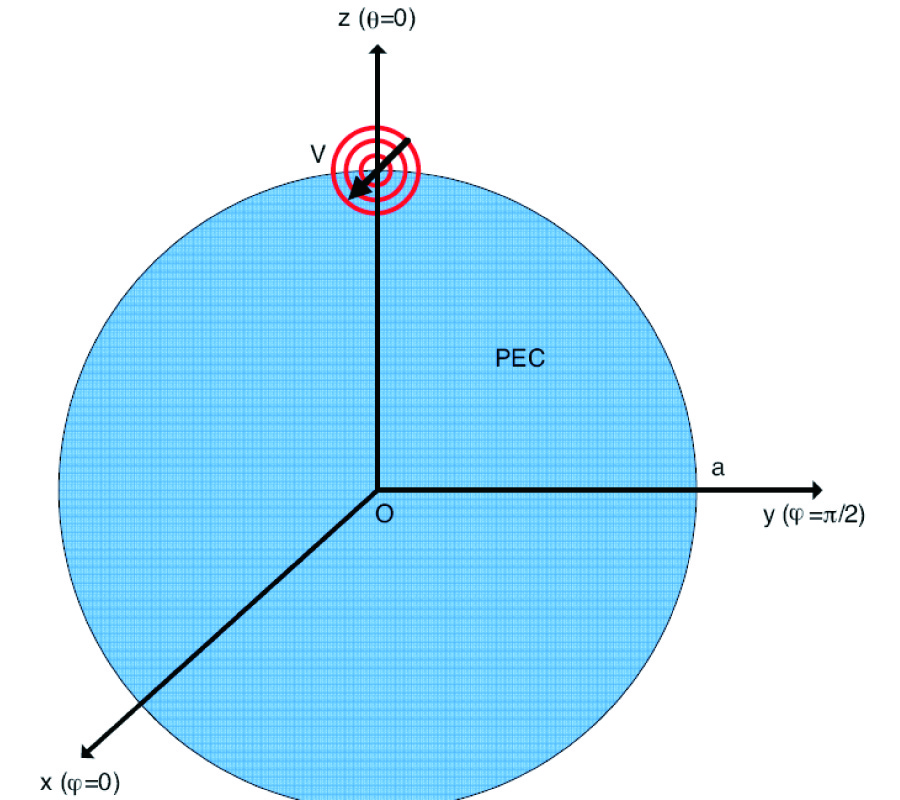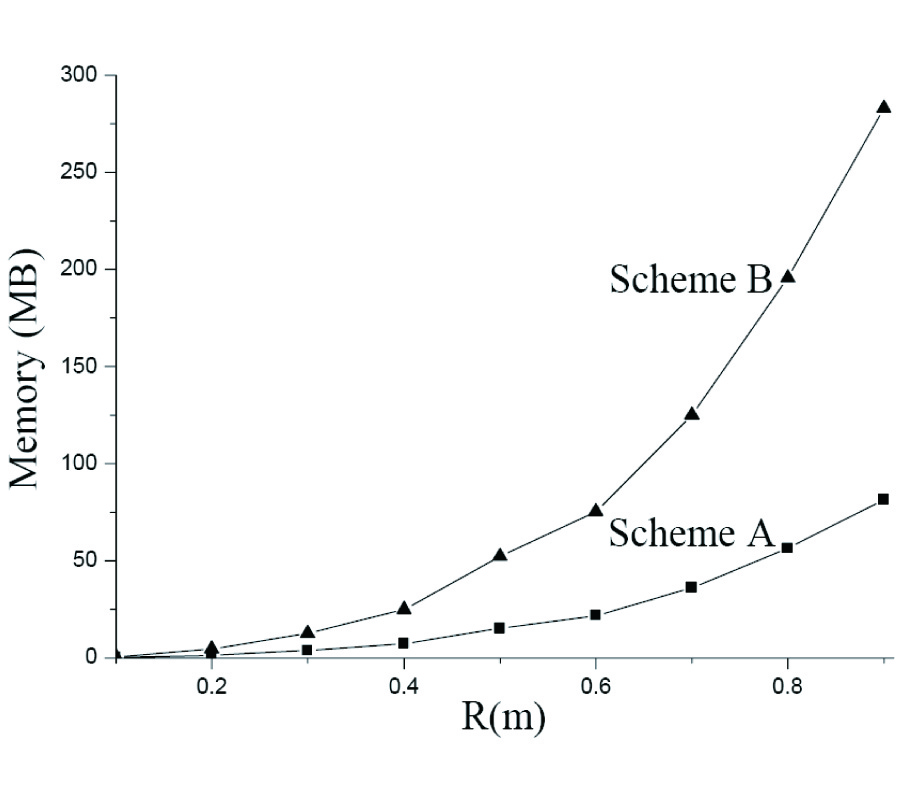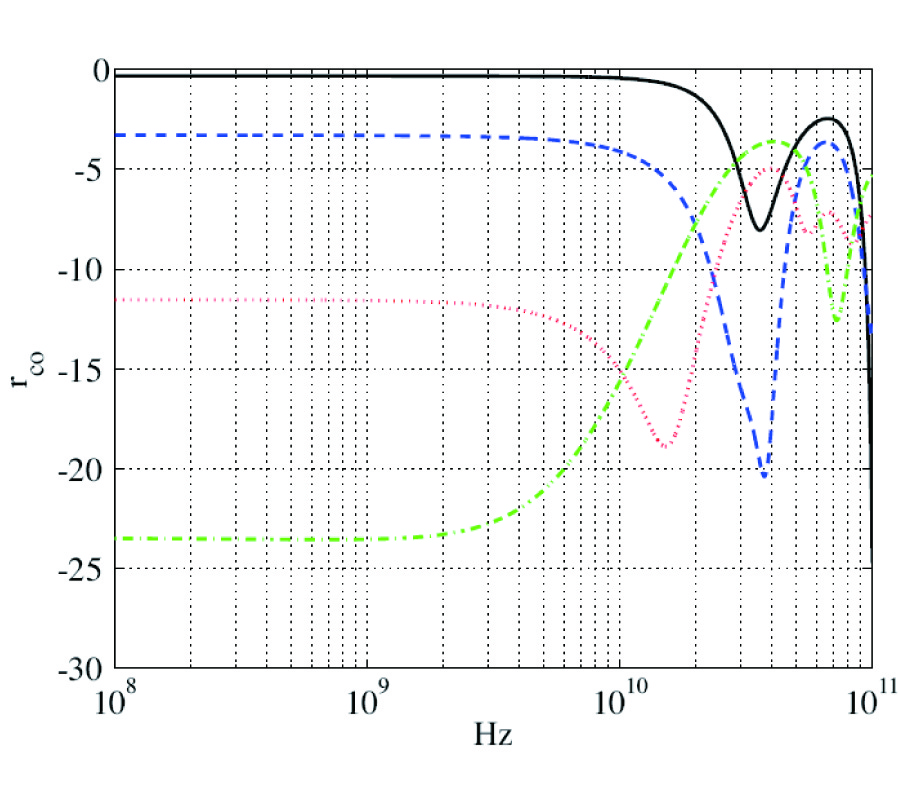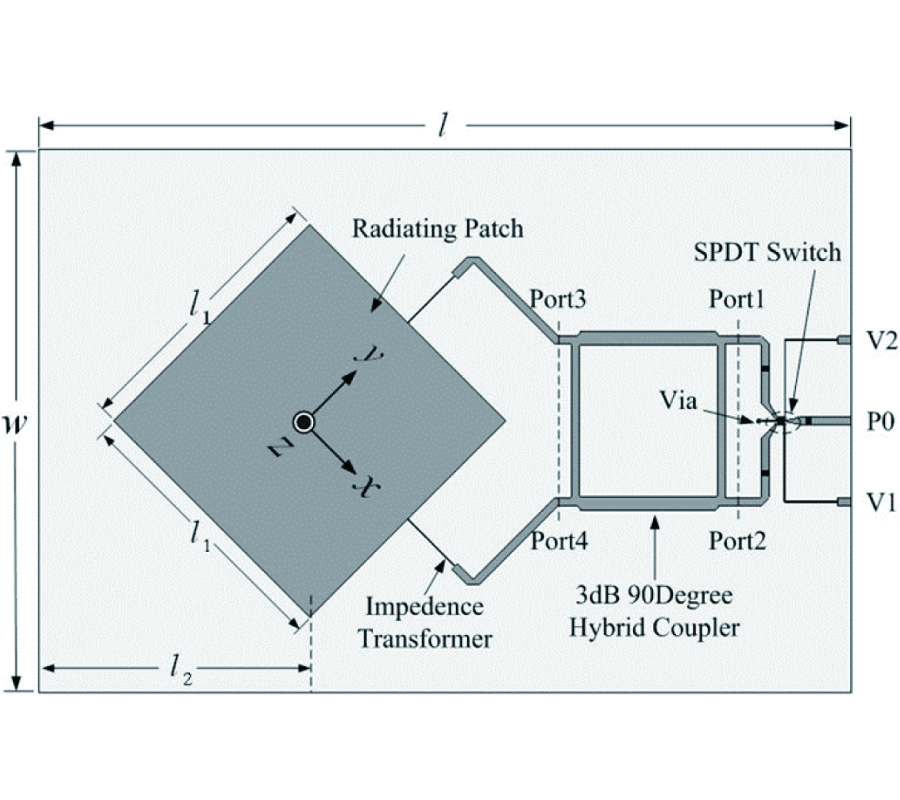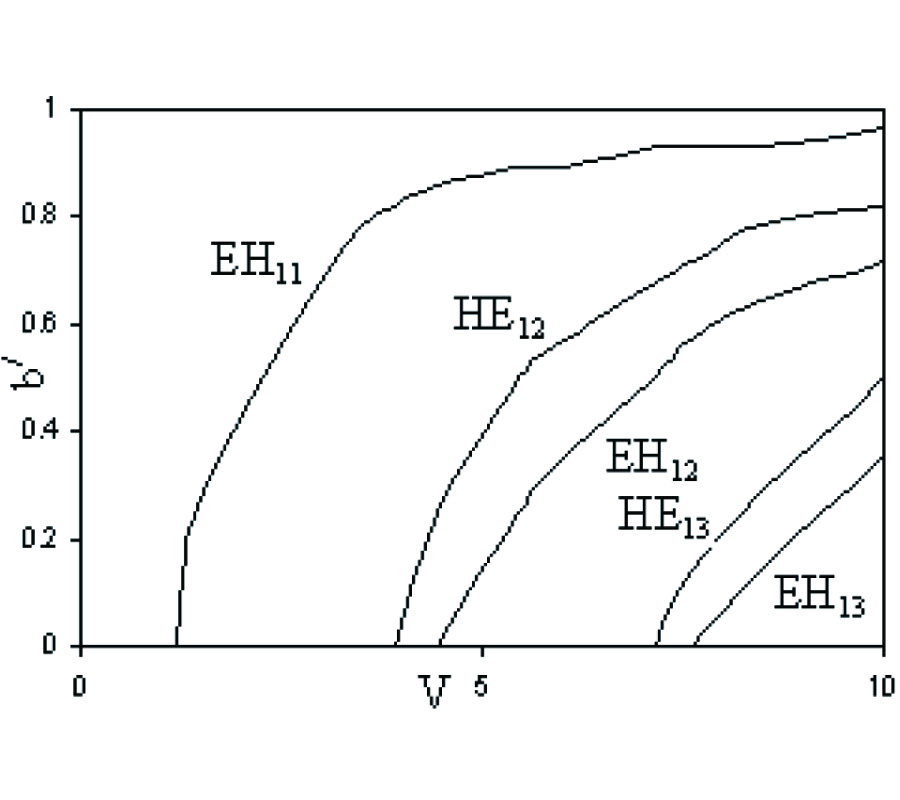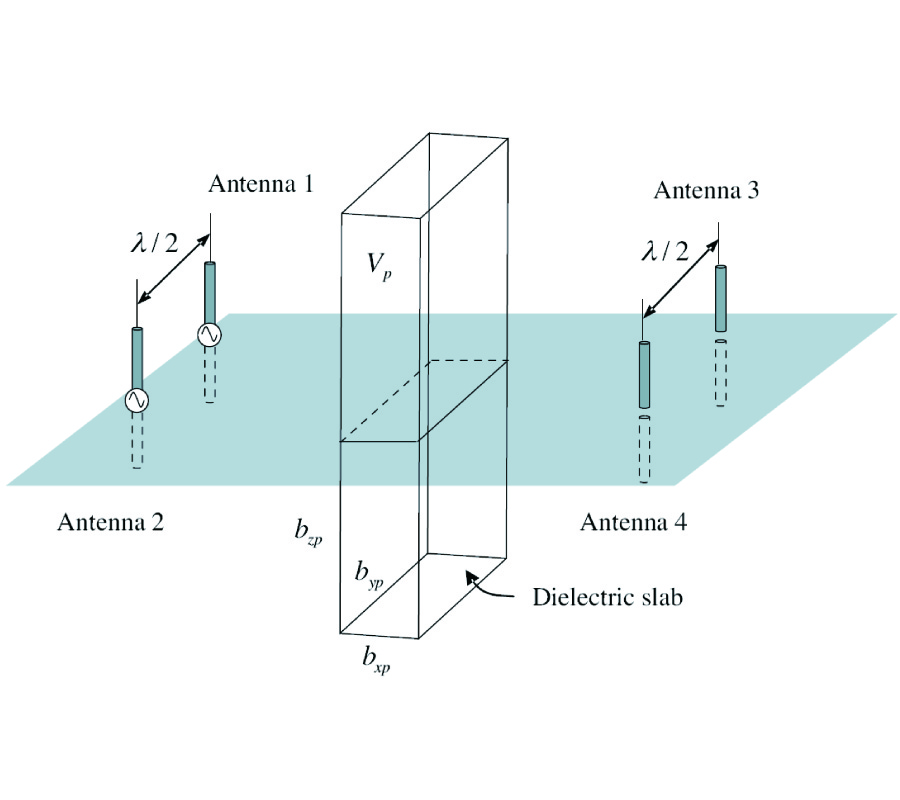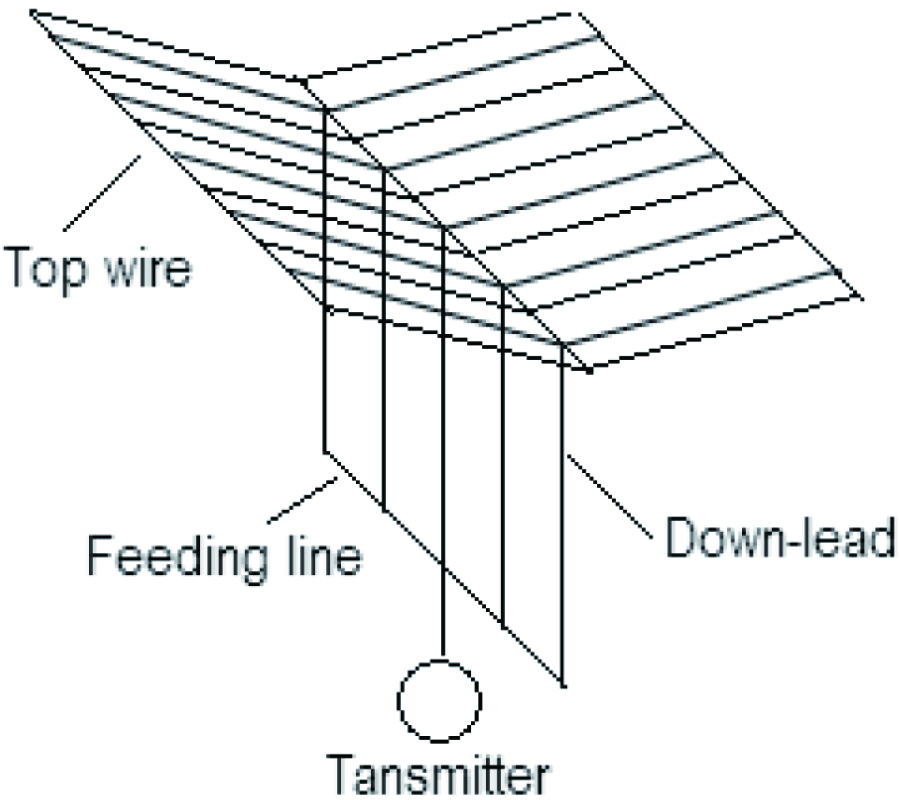Spectral Analysis of Fibonacci-Class One-Dimensional Quasi-Periodic Structures
Saeed Golmohammadi,
Mohammad Moravvej-Farshi,
Ali Rostami and
Abbas Zarifkar
Abstract-In this paper, spectral properties of the Fibonacci-class one-dimensional quasi-periodic structures, FCJ(n), as an important optical structure are investigated. Analytical relations for description of the spectral properties of FCJ(n) are used. Fast Fourier Transform (FFT) for investigation of the spectral properties of these structures is proposed. FFT spectrum of the Fibonacci-class one-dimensional quasi-periodic structures contains peaks that are equivalent to photonic bandgaps or multiband reflection filter. Based on the proposed relations and FFT simulation results, the optical bandgap and other properties of these structures are studied. In this paper, the effects of the optical and geometrical parameters on optical properties of the Fibonacci quasi-periodic structures are considered. Our proposed relations show that the spectral contents of the Fibonacci-class onedimensional quasi-periodic structures have two main terms including the low and high frequency parts. Our results illustrate that the high frequency term depends up on the class order, n, and the width of the layer B, db, while the low frequency term depends on the width of the layer A, da. According to the proposed method, the spectral contents of FCJ(n) includes multi narrowband peaks multiplied by a quasi periodic envelope function. The number of multi narrow bands within a periods of the envelope function can be controlled by varying db and n and also the number of period of envelope function can be manipulated by da. Results obtained from our proposed analytical relations and FFT based simulation results are close together.



